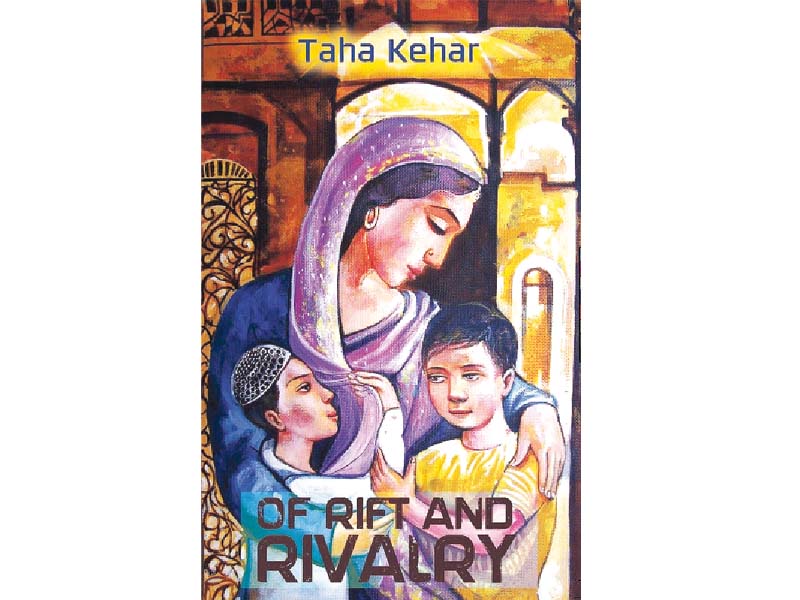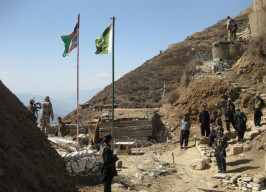
Partition remains a sensitive issue to this day. Subsequent generations continue to feel the aftershocks of the jarring separation of 1947. To this day, people on both sides can conjure up bleak images through the residual emotions and indifferences left behind by Partition.
Taha Kehar’s debut novel, Of Rift and Rivalry, explores the sentiments of people in divided India and the effects of Partition, which wreaked havoc in private as well as public spheres. Kehar isolates this single event and the rest of the things go down like dominoes, establishing the flow of the novel. A story spanning three generations and written 68 years after Partition, this book explores the socio-political effects of the event. The book has been published in India, while its release date in Pakistan remains unconfirmed.
The story is a flashback of memories, oscillating between the past and present. “It struck him that any form of separation, however violent, could not hurt you if you managed to walk away with your memories intact,” says one of Kehar’s characters. The importance of memories forms the basis of this fast-paced novel. The division of the subcontinent was not just about land but about fragmenting an entire society and leaving everyone with something to say. Most of us have grown up listening to horrific, heartwarming and emotional stories about Partition; so, it isn’t a surprise that Kehar chooses this massive event to build his story and show the growth of his characters.
The marriage of Hanif Khan and Anita Waterhouse during the days surrounding Partition is a major symbolic element which brings to light the excitement and hope associated with the ‘prospect’ of a new country for Muslims. The narrative explores the eventual partition of two people from different cultures who came together in a nuptial bond only to see it ripped apart. Kehar uses this relationship beautifully to colour his idea of love which is fascinating as well as heartbreaking. With Hanif cocooned in his shells, first of selfishness, then of indifference and later of regret and guilt, it is only Sheikh, his domestic employee, who tries to pierce through.
Most of the story is set in Karachi. The author could have referred to famous public spaces — pre and post-partition — to engage the readers and help them delve into the heart of the story. However, Kehar does take the liberty to highlight a pre-Ziaul Haq Pakistan which many from his generation have only heard of. At one point, the story lands in Pakistan’s northern areas and the emphasis on Waterhouse’s knee-length dress gives the readers a glimpse of Swat before rampant militancy in the area. Such instances, though infrequent, are pleasing to someone with a keen eye for historical facts. References to the halcyon days of the past could have been more vivid if Kehar had chosen to use places and spaces that were functional in society at that time, like bars and clubs. The storyline allowed him to, as both Waterhouse and Hanif did not mind occasional drinks.
Memorable because of the well-paced plot and the refined language, this novel sticks with readers because of the universality of the idea of love. The book hinges on the rifts that led to a country’s birth which went on to become the roots of rivalry between a man, his life and the people who dwell in the shadows.
ZahidunNisa is a student of media studies and social sciences.
She tweets @ZahidunNisa
Published in The Express Tribune, Sunday Magazine, November 1st, 2015.























































COMMENTS
Comments are moderated and generally will be posted if they are on-topic and not abusive.
For more information, please see our Comments FAQ